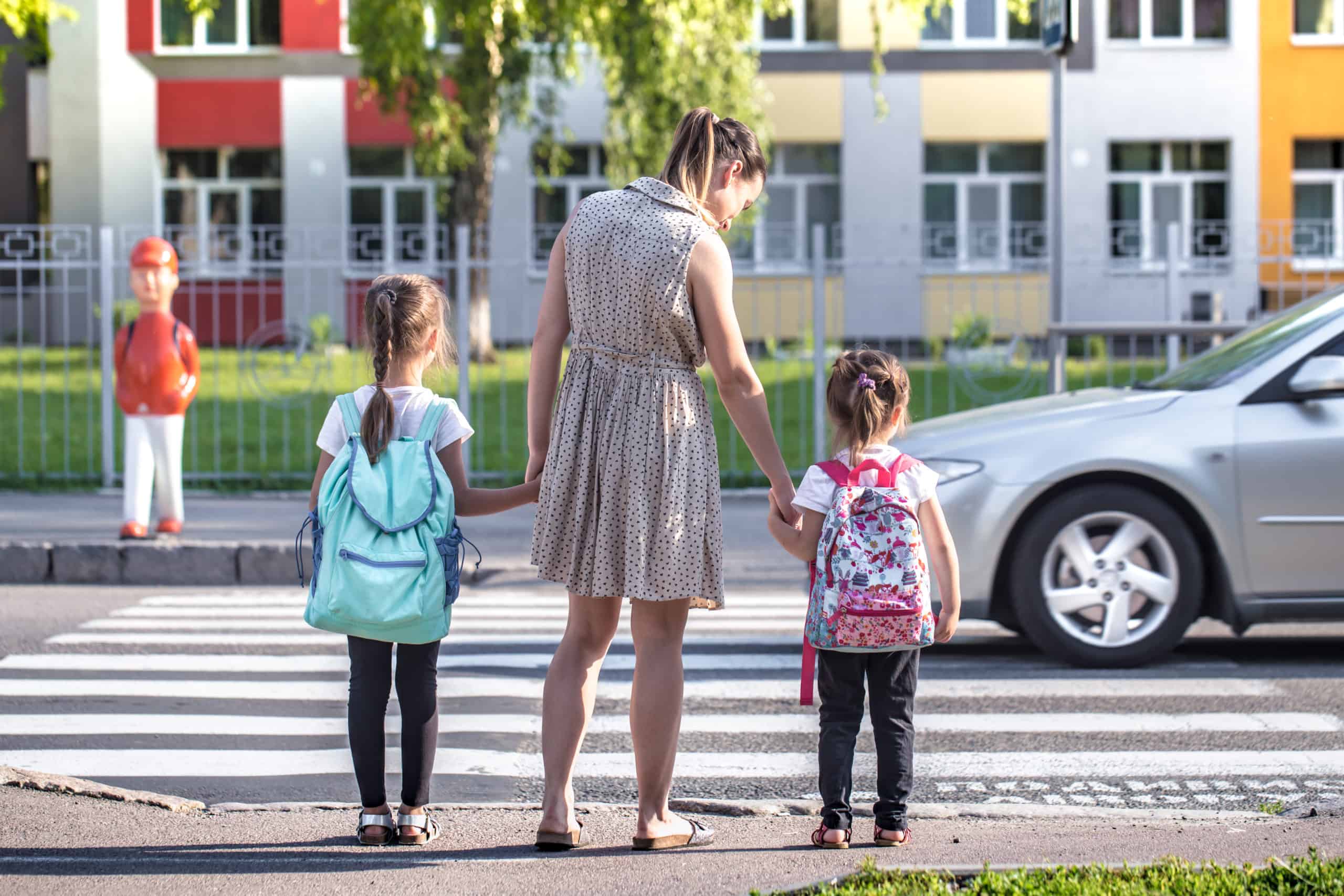The Emergence of Mental Health Problems During Back-to-School Time
A national survey of children’s health shows as many as one in six U.S. children between the ages of 6 and 17 has a treatable mental health disorder such as depression, anxiety problems or attention deficit/hyperactivity disorder (ADHD).
This year these conditions will be exacerbated by stresses and changes brought on by the pandemic. Schools must acknowledge the mental health challenges that already eclipse many students, and be equipped to assist both in-person and virtual learners with emerging mental health issues in order to sustain positive learning outcomes.
Mental Health Challenges Students Face
While the start of a new school year can be exciting for many kids, it also breeds anxiety and “first-day” nerves. Kids who struggle with separating from parents often experience a spike in anxiety this time of year. The same goes for kids entering kindergarten, a new building or district.
This generation’s connection to technology, particularly social media, also affects its mental health. Teen social media use has been linked to increased anxiety, depression, poor sleep, poor body image, and loneliness. These issues can progress negatively when it comes time to return to school and create new routines.
Other challenges students face at school:
- Undiagnosed learning disorders may make kids want to avoid shame and embarrassment at school.
- Bullied children may be afraid to go to school.
- Kids with separation anxiety often fear the worst will happen to a parent while they’re away.
COVID-19 Makes it Worse
The pandemic state only compounds the mental health challenges students face when returning to school.
Here are some of the ways COVID-19 makes mental health worse:
- There’s no clear end in sight. This means it is too soon to start an exact recovery process.
- The lack of consistent guidance at the federal, state and local levels can lead to greater emotional distress at home and school.
- Compounded trauma of social isolation, job loss, domestic disputes, etc. make it difficult for individuals/families to resolve a problem when another follows shortly thereafter.
- The inability to grieve and find support during this time of social distancing after losing a loved one.
- The already existing inequities in healthcare, employment, housing and more have been exacerbated.
All of these factors can increase anxiety and depression. For young children, they often project the emotions they witness from struggling parents and other adults. Teens, on the other hand, experience these obstacles directly because their independence – and finances – have likely been affected.
How to Help
Safe, supportive and engaging learning environments enable kids to cope with stress in a healthy way. Even in a time of uncertainty, this kind of environment will ultimately make both the child, and your school, stronger. Here are three steps to help prepare for and respond to mental health problems as students return to school:

Educate Staff and Students
Start by training school staff to recognize signs of mental illness in children:
- Persistent sadness for two or more weeks
- Avoiding social interactions
- Self harm, or talking about death or suicide
- Drastic changes in mood, behavior or personality
- Changes in eating habits
- Weight loss
- Trouble sleeping
- Frequent headaches or stomach aches
- Difficulty concentrating
- Changes in academic performance
- Avoiding or missing school
Many of these signs are common stress-related coping behaviors. That’s why it’s important to distinguish between minor anxiety about new health and safety procedures versus more significant withdrawing behaviors. Some hesitation is expected, but if kids are behaving very differently than they were prior to the pandemic, it may be time to step in. In addition to staff, educate your students about mental health to help them support friends and peers. In many cases, students can be the “first-responders” especially when these signs appear outside of school.
Assess, Don’t Assume
When you witness some of the signs above, don’t assume you know what’s going on. Initiate an assessment that allows for discussion with the student, and open it up to the family, teacher(s), and others as needed to better understand the situation. Cultivate parent-school-student partnerships for ongoing dialogue with kids and families who you know have struggled during the pandemic, as this provides more consistent insight about their experience. Some school mental health professionals are holding virtual office hours to check in on students. This is especially beneficial during remote learning because it enables dialogue around home life and supports. It also reinforces the teacher’s efforts to keep kids engaged in the learning process.
Intervene
Once you’ve identified the signs and assessed the student, it’s time to intervene. A multi-tiered system of support resources will help connect students with the resources they need. These resources might be available within the school, or referred out into community agencies. Depending on the student’s needs, you may recommend something like small group social-emotional training or a mentoring program. High-risk students require more targeted/intensive supports like cognitive behavioral counseling and possibly family therapy. Many schools deploy a Behavioral Threat Assessment team to help identify early indicators and intervene to keep students off of a path of violence and distress. The specially selected team (often consisting of school staff and mental health professionals) uses BTA software to streamline documentation, reporting and analytics, as well as share files easily with outside agencies if intervention is needed.
These efforts aren’t going to go away when the pandemic ends. Mental health awareness and intervention is critical in making schools stronger, and should be part of your district’s strategy for the long haul. This includes professional development and emotional care for adults.
Build a Social-Emotional Learning Plan for Reopening Schools
Navigate360 is a proud, longtime sponsor of Safe and Sound Schools, a national non-profit school safety advocacy and resource center founded by parents who lost children at Sandy Hook School. Safe and Sound Schools recently hosted an insightful webinar presented by Dr. Melissa Reeves, outlining the social and emotional learning considerations for reopening of schools.
Dr. Reeves is a nationally certified licensed school psychologist, licensed clinical mental health counselor, and past president of the National Association of School Psychologists. She offers strategies to help students and staff identify, understand, and manage their emotions. Dr. Reeves also identifies resources that prioritize relationships and human connections to meet the existing and emerging mental health needs of students.
Navigate360 knows the importance of physical safety (with doors, locks, gates, etc.). In addition, we recognize that unless a student feels safe emotionally and socially, they are not ready to learn. To find out how our modern approach to safety aligns with the needs of today’s students, call our specialists at 330-661-0106 or visit Navigate360.




